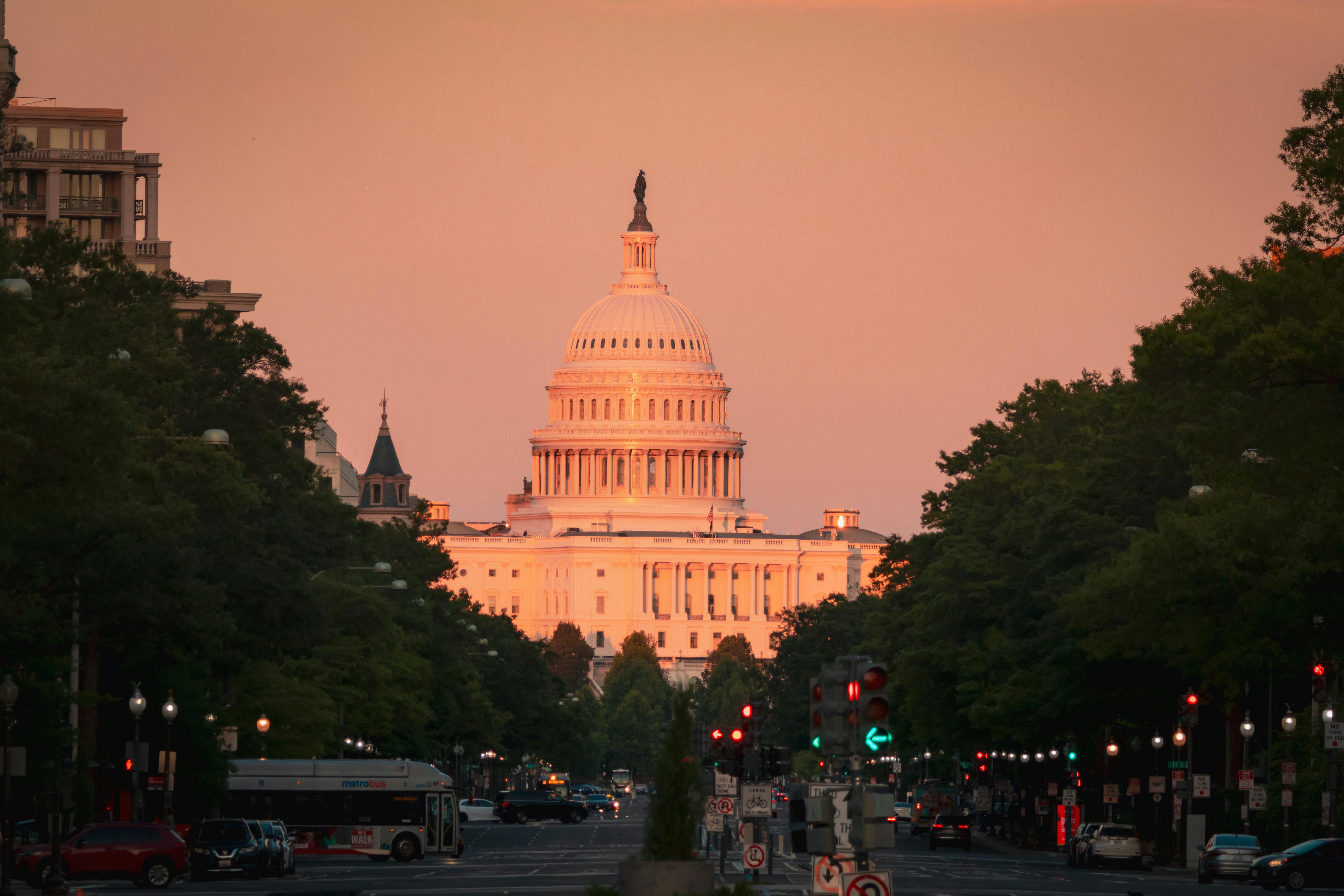Understanding the Role of Executive Orders in the U.S. Government
Executive orders have been a significant tool of governance in the United States for centuries. These presidential directives have been instrumental in shaping critical aspects of American society. This article delves into the nature of executive orders, their historical use, and their potential implications on society.

What Are Executive Orders?
Executive orders are directives issued by the President of the United States that manage operations of the federal government. These orders are not legislation; they do not require approval from Congress, and they cannot be legislated. However, they carry the same legal weight as laws if they are based on the Constitution or statute. The legal or constitutional authority for executive orders can be derived from the clause that vests in the President the “executive Power.”
A Historical Perspective
The use of executive orders can be traced back to George Washington, the first U.S. president. His executive order in 1793 declared the U.S. neutral in the war between France and Great Britain. Perhaps the most famous executive order was President Lincoln’s Emancipation Proclamation in 1862, which declared enslaved people in Confederate territory to be free.
Current Implications and Challenges
In modern times, executive orders continue to be a vital part of U.S. governance. They are used to direct and manage the operations of federal agencies. However, their use has not been without controversy. Critics argue that executive orders have increasingly been used to bypass the legislative process, thereby centralizing power in the executive branch.
For example, recent presidents have used executive orders to implement significant policy changes on issues ranging from immigration to climate change. While such orders can effect change more quickly than legislation, they can also be easily overturned by a succeeding president, leading to policy instability.
The Impact on Society
The implications of executive orders on society are manifold. They can bring about swift and significant change, such as when President Truman desegregated the armed forces with an executive order in 1948. However, they can also lead to legal disputes and societal controversy, as seen with the numerous court challenges to executive orders on immigration in recent years.
Concluding Thoughts
Executive orders are a powerful tool in the U.S. government, capable of effecting significant change. However, their use also raises important questions about the balance of power in a democratic system. As such, they will continue to be a topic of legal analysis and public debate.




